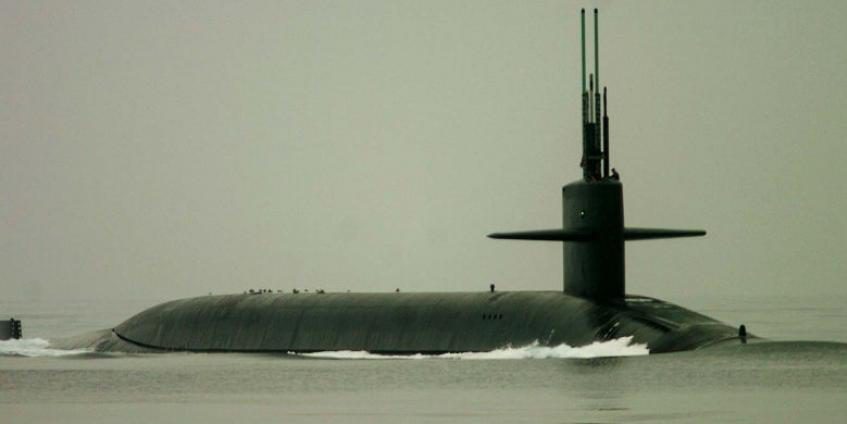Sometime in the past 2 months, the U.S. Navy has deployed a new type of nuclear warhead in some of its Trident submarines. Called the W76-2, it is a “low-yield” warhead, which would explode with the blast power of about 8 kilotons—far less powerful than the Tridents’ other warheads, which have an explosive yield of 90 to 450 kilotons.
At first glance, this might seem like a good thing: a smaller blast means less death and damage if a nuclear war happened. But in some ways, it’s a dangerous thing, and to explain why requires a brisk dive into the rabbit hole logic of nuclear strategy.
For many years, arms control advocates have argued that low-yield nuclear weapons are destabilizing because they lower the threshold between conventional and nuclear war. They seem to be—they are designed to be—more usable as weapons of war. Therefore, some president, in a crisis, might feel more tempted to use them. (The United States has always had an explicit policy of reserving the right to use nuclear weapons first in a conflict.)


